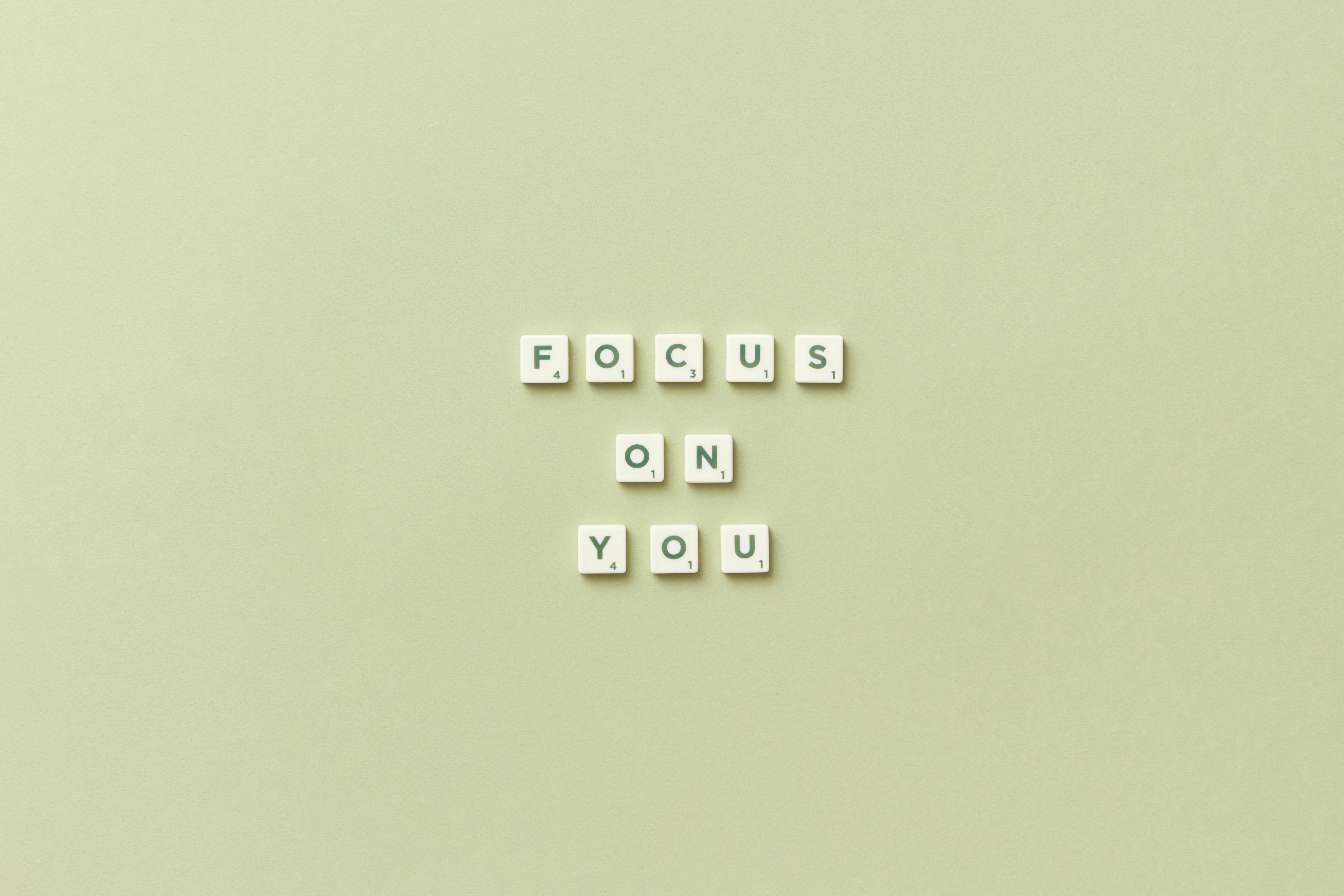In a world flooded with filtered images, unrealistic beauty standards, and societal pressures, cultivating a positive body image can feel like an uphill battle. Yet, developing a healthy relationship with your body is crucial—not only for your self-esteem but also for your overall mental and physical well-being. Research published in Psychological Science shows that individuals with a positive body image are 42% less likely to experience symptoms of depression and 30% more likely to maintain healthy habits compared to those with negative perceptions.
But how do you start seeing your body as a source of strength, beauty, and resilience rather than a list of flaws? This guide explores actionable strategies to help you embrace self-acceptance, challenge societal norms, and build a lasting positive body image.
Understanding Body Image and Its Impact
Body image is how you perceive, think, and feel about your body. It’s shaped by internal factors, like self-esteem, and external influences, like media, culture, and relationships.
The Four Dimensions of Body Image:
- Perceptual: How you see your body (which may not align with reality).
- Affective: How you feel about your body.
- Cognitive: The thoughts and beliefs you hold about your appearance.
- Behavioral: How you act based on your body perceptions (e.g., avoiding mirrors or wearing certain clothes).
When body image is negative, it can lead to harmful behaviors such as:
- Avoiding social activities.
- Disordered eating or excessive exercise.
- Chronic self-criticism or shame.
Key Insight: Positive body image isn’t about thinking you look perfect—it’s about respecting and valuing your body for all it does, regardless of its appearance.
The Role of Society and Media
The rise of social media has amplified exposure to unattainable beauty ideals. Studies show that 88% of women and 65% of men compare their bodies to images they see online, often resulting in dissatisfaction (Journal of Social and Clinical Psychology).
Recognizing Unrealistic Standards:
- Many images are digitally altered or carefully curated.
- Cultural ideals often ignore diversity in body types, abilities, and appearances.
Pro Tip: Remind yourself that social media is a highlight reel, not a reflection of reality.
Strategies to Build a Positive Body Image
Rewiring how you perceive and feel about your body takes time, but these strategies can help you embrace self-acceptance and build confidence.
1. Challenge Negative Self-Talk
The way you talk to yourself shapes your body image. Harsh self-criticism reinforces insecurity, while compassionate self-talk fosters acceptance.
How to Reframe Negative Thoughts:
- Identify the Critic: Notice when you’re being overly harsh (e.g., “I hate my stomach”).
- Challenge the Thought: Ask, “Would I say this to a friend?”
- Replace with Positivity: Transform it into a supportive statement like, “My stomach supports my core strength.”
Example: Replace “I’ll never look good in a swimsuit” with “My body deserves to enjoy the beach just like anyone else.”
2. Shift Focus from Appearance to Function
Instead of fixating on how your body looks, focus on what it can do. Appreciating your body’s functionality builds gratitude and respect.
Reflect on Your Body’s Strengths:
- Think about physical abilities: walking, dancing, hugging loved ones.
- Appreciate internal processes: your heart pumping, your lungs breathing.
- Celebrate small victories, like recovering from an illness or trying a new workout.
Example: Remind yourself, “My legs carry me through my day,” rather than criticizing their shape.
3. Curate a Body-Positive Environment
Surround yourself with influences that promote self-acceptance and celebrate diversity.
How to Build a Positive Space:
- Follow Inspiring Accounts: Choose social media pages that highlight body positivity, inclusivity, and realness.
- Avoid Toxic Media: Limit exposure to magazines, shows, or influencers that perpetuate harmful ideals.
- Encourage Supportive Conversations: Challenge friends or family to shift discussions away from appearances.
Example: Unfollow accounts that make you feel inadequate and replace them with creators like Jameela Jamil or movements like #EffYourBeautyStandards.
4. Practice Body Gratitude
Regularly practicing gratitude for your body can help shift your perspective from criticism to appreciation.
Steps to Practice Body Gratitude:
- Write down three things your body allowed you to do today.
- Reflect on moments when your body overcame challenges (e.g., injury recovery).
- End your day with a gratitude mantra like, “Thank you, body, for carrying me through today.”
Research Insight: A study from Body Image Journal found that body-focused gratitude practices reduced self-criticism by 22% after just two weeks.
5. Engage in Activities That Boost Confidence
Engaging in activities that make you feel good about your body helps reinforce a positive image.
Ideas to Boost Confidence:
- Try a movement practice you enjoy, like yoga, dancing, or hiking.
- Wear clothes that make you feel comfortable and confident, regardless of trends.
- Take up hobbies that shift focus away from appearance, such as painting, gardening, or volunteering.
Example: If you feel self-conscious about exercise, start with solo activities like home workouts to build confidence.
6. Stop Body Comparison
Comparison is one of the fastest routes to dissatisfaction. Instead of measuring yourself against others, focus on your unique strengths.
How to Avoid Comparisons:
- Set Personal Goals: Focus on improvements that matter to you, not external validation.
- Redirect Your Thoughts: When you catch yourself comparing, shift your focus to gratitude or affirmations.
- Limit Triggers: Spend less time in environments that fuel comparison, like certain social media apps.
Example: Instead of thinking, “I wish I looked like them,” remind yourself, “I’m working toward my best self, and that’s enough.”
7. Seek Professional Support if Needed
If body image struggles feel overwhelming or interfere with daily life, seeking help from a therapist can provide valuable tools and guidance.
Types of Professional Support:
- Cognitive Behavioral Therapy (CBT): Helps reframe negative thought patterns.
- Body-Focused Therapy: Addresses specific body image challenges.
- Support Groups: Connect with others who share similar struggles.
Statistic: Therapy has been shown to improve body image by 47% in individuals with high self-criticism (Journal of Counseling Psychology).
Celebrating Progress: Small Wins Matter
Building a positive body image doesn’t happen overnight—it’s a journey of self-discovery, compassion, and persistence. Celebrate small wins along the way, whether it’s speaking kindly to yourself in the mirror or wearing an outfit you love without hesitation.
Final Thoughts:
Your body is not an ornament—it’s an instrument. Embracing this mindset allows you to shift focus from societal expectations to your own intrinsic value. Start with small, manageable steps, and remember: self-acceptance is a practice, not a destination.
When you learn to value your body for all it does, you unlock a life that’s richer, freer, and infinitely more joyful.
Develop self-love with Hapday, Your Wellbeing Assistant
Join the millions of people using Hapday. Improve overall wellness & sleep.




